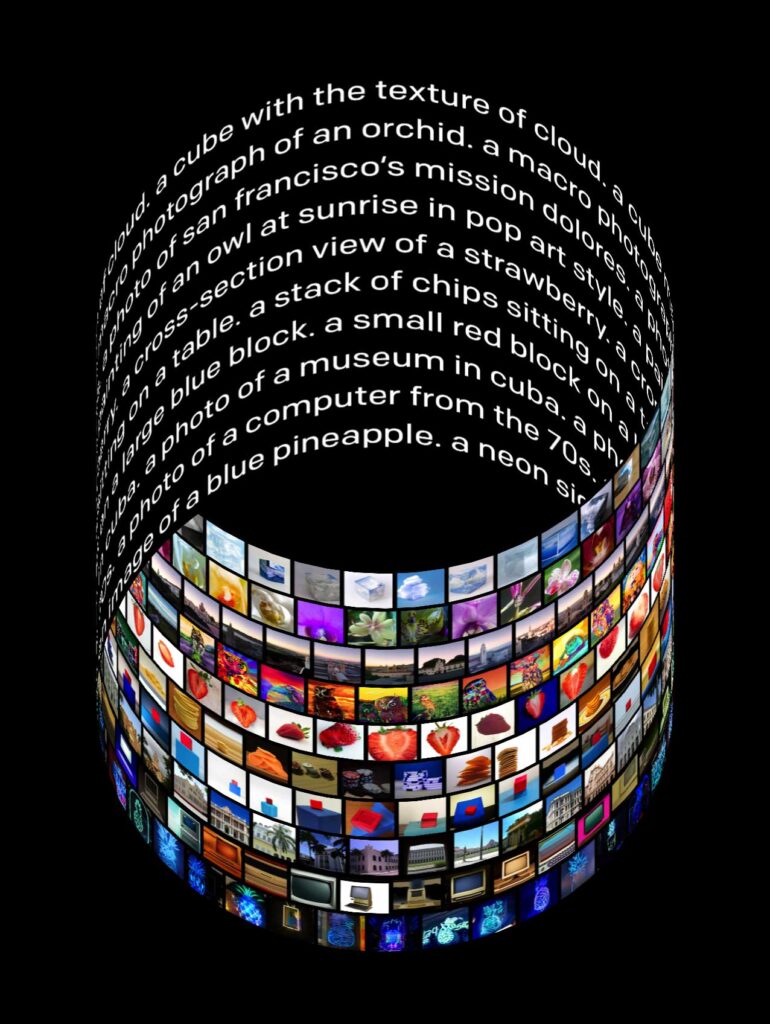What is ChatGPT?
Introduction
What is ChatGPT? ChatGPT is a variant of the GPT (Generative Pre-training Transformer) language model specifically designed for chatbot applications.
Like the original GPT model, ChatGPT is trained on a large dataset of text and is able to generate human-like responses to a given input.
However, It has been fine-tuned specifically for conversation, with the goal of producing more coherent and contextually appropriate responses in chatbot scenarios.
To use, you would input a prompt or question, and the model would generate a response based on its understanding of language and conversation.
ChatGPT can be used to build chatbots for a variety of applications, such as customer service, virtual assistants, or conversational interfaces for websites or mobile apps.

How can we use?
Explanation
There are several ways you can use to build a chatbot. Here are a few options:
- Use a pre-trained version of ChatGPT: You can use a pre-trained version provided by a third-party service, such as OpenAI’s GPT-3 API.
- This allows you to use the chatbot out of the box, without the need to train your own model.
- Fine-tune ChatGPT on your own data: You can also fine-tune on your own dataset to customize the chatbot’s responses to your specific needs.
- This involves training the model on a dataset of conversation transcripts that are relevant to your use case.
- Integrate into your chatbot application: Once you have a trained version, you can integrate it into your chatbot application using an API or by using the model directly in your code.
- This allows you to use the chatbot to generate responses to user input in real-time.
There are many tools and frameworks available that can help you use ChatGPT to build a chatbot, such as Hugging Face’s transformers library or OpenAI’s GPT-3 API.
You can choose the one that best fits your needs and use it to incorporate into your chatbot application.

Who Built ChatGPT?
Explanation
It is a variant of the (Generative Pre-training Transformer) language model, which was developed by OpenAI.
This GPT model was first introduced in a paper by researchers at OpenAI in 2018. Since then, the model has undergone several updates and improvements, including the development of, which was specifically designed for chatbot applications.
The GPT model and its variants, including ChatGPT, have been trained on a large dataset of text and are able to generate human-like responses to a given input.
They have been widely used for various natural language processing tasks, including language translation, language summarization, and chatbot development.

Is ChatGPT is a Large Language Model (LLM)?
Explanation
It is a is a large neural network-based model that has been trained on a large dataset of text.
Like other large language models, such as GPT-3 and BERT, ChatGPT is able to generate human-like responses to a given input and has been used for various natural language processing tasks, including chatbot development.
The size of a language model, in this context, refers to the number of parameters it has, which determines the model’s capacity to learn and generate text.
Large language models, such as ChatGPT, have millions or billions of parameters and are able to generate highly coherent and contextually appropriate responses.
This makes them very useful for tasks that require a deep understanding of language, such as chatbot development

How Was Trained?
Explanation
It is a large dataset of text using a technique called unsupervised learning.
In unsupervised learning, the model is not given any explicit labels or targets to predict, but instead learns by processing and analyzing the data on its own.
To train, the researchers at OpenAI first collected a large dataset of text, such as news articles, books, and websites, and then used this data to pre-train the model.
The model was then fine-tuned on a specific task, such as chatbot development, to further improve its performance.
During training, the model learned to predict the next word in a sequence of text given the previous words.
This allowed it to learn about the structure and patterns of language and to generate coherent and contextually appropriate responses.
The model was also trained to handle tasks such as language translation and summarization, which further enhanced its ability to understand and generate text.

What are the Limitations?
Like any Machine Learning Model, ChatGPT has its limitations. Some of the limitations include

It May Produce Biased or Offensive Responses:
It is trained on a dataset of text that may contain biased or offensive language.
As a result, the model may generate responses that reflect these biases or are inappropriate for certain audiences.
It May Not Understand Context:
While It is able to generate coherent and contextually appropriate responses in many cases.
It may not always understand the context of a conversation and may generate responses that are unrelated to the conversation or are nonsensical.
It May Not Be Able to Handle Novel or Out-of-Domain Input:
ChatGPT has been trained on a specific dataset of text and may not perform well on input that is significantly different from the training data, such as novel or out-of-domain input.
It May Require a Large Amount of Computational Resources:
ChatGPT is a large language model and may require a significant amount of computational resources to run, including processing power and memory.
Conclusion
To address these limitations, it is important to carefully evaluate and test or any other language model before using it in production, and to consider using techniques such as bias mitigation or fine-tuning on specific datasets to improve its performance.
Is It Free To Use?
Explanation
It depends on how you plan to use. If you want to use a pre-trained version of ChatGPT provided by a third-party service, such as OpenAI’s GPT-3 API, there may be fees associated with using the service.
These fees may be based on the number of API calls you make or the amount of computational resources you consume.
On the other hand, if you want to train your own version of ChatGPT or use the model directly in your code, you may be able to do so for free.
This would typically require you to have access to the necessary computational resources and to use open source tools and libraries, such as the transformers library from Hugging Face.
It’s worth noting that using a pre-trained version of ChatGPT provided by a third-party service may be more convenient and may offer better performance than training your own model, depending on your specific needs and resources.
However, using such a service may also incur costs.

How Can Be Used?
Explanation
ChatGPT can be used to build chatbots for a variety of applications, such as customer service, virtual assistants, or conversational interfaces for websites or mobile apps.
Some examples of how ChatGPT can be used include:
- Customer service chatbots: ChatGPT can be used to build chatbots that can answer customer queries, provide product or service information, and assist with troubleshooting problems.
- These chatbots can be used to improve the customer experience and reduce the workload of customer service teams.

- Virtual assistants: ChatGPT can be used to build virtual assistants that can perform tasks such as setting reminders, answering questions, and providing recommendations.
- These assistants can be integrated into mobile apps or accessed through voice interfaces, such as Amazon’s Alexa or Google Assistant.
- Conversational interfaces: ChatGPT can be used to build chatbots that can be used as conversational interfaces for websites or mobile apps.
- These chatbots can assist users in navigating the site or app and help them find the information they need.
To use ChatGPT, you would input a prompt or question, and the model would generate a response based on its understanding of language and conversation.
You can use a pre-trained version of ChatGPT provided by a third-party service, or you can fine-tune the model on your own data to customize the chatbot’s responses to your specific needs.
There are many tools and frameworks available that can help you use ChatGPT to build a chatbot, such as Hugging Face’s transformers library or OpenAI’s GPT-3 API.
For More Informative Blogs:
Click the Link Below:
https://blogmeg.com/healthy-weight-nutrition-and-physical-activity/
https://blogmeg.com/make-money-with-trending-topics-in-2023/




Pingback: Market Research Strategy
Pingback: What is blockchain
Pingback: 5 Ways Blockchain Revolutionizing Industries
Pingback: Make money with Trending Topics in 2023
Pingback: Machine Learning | Blogmeg